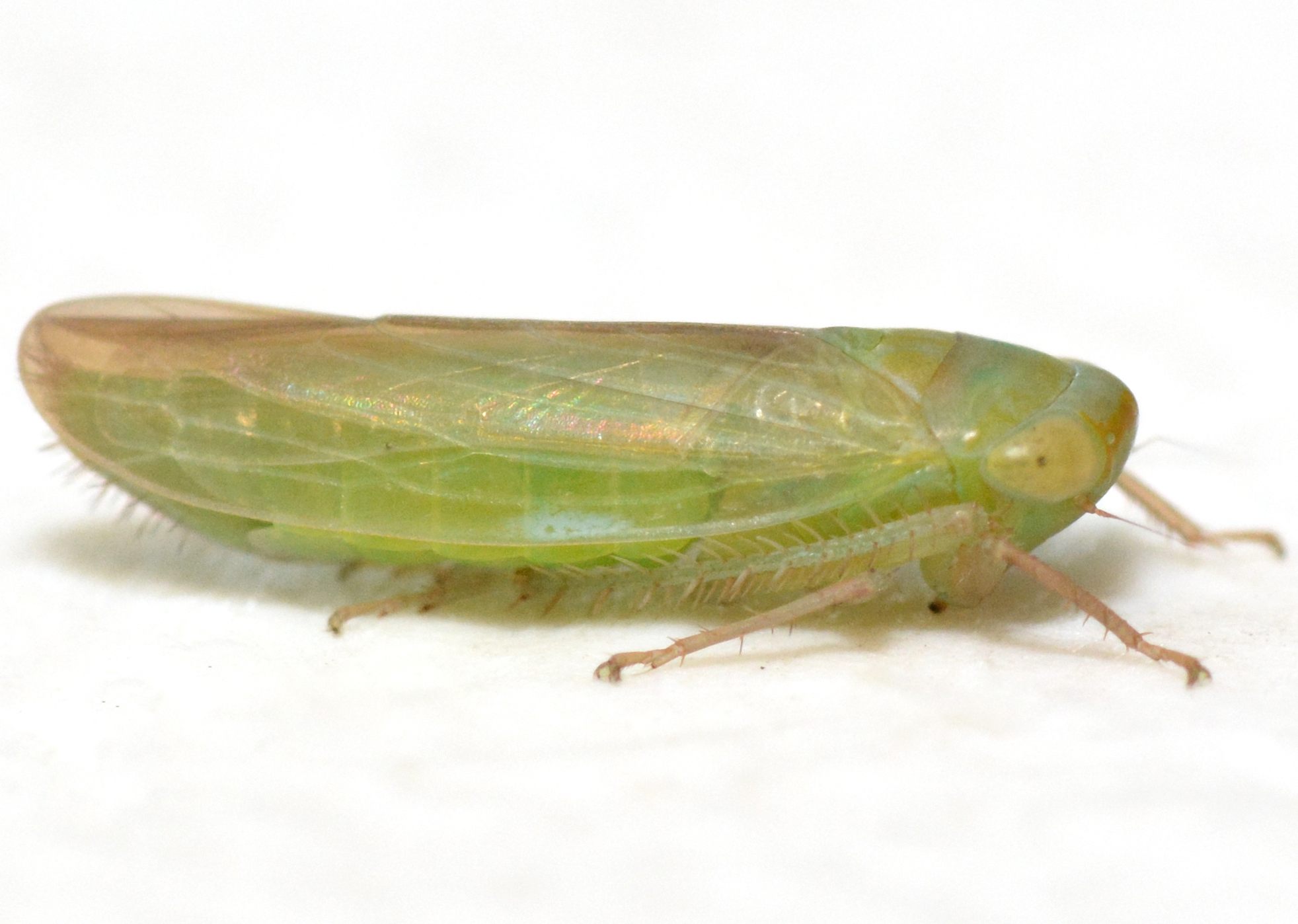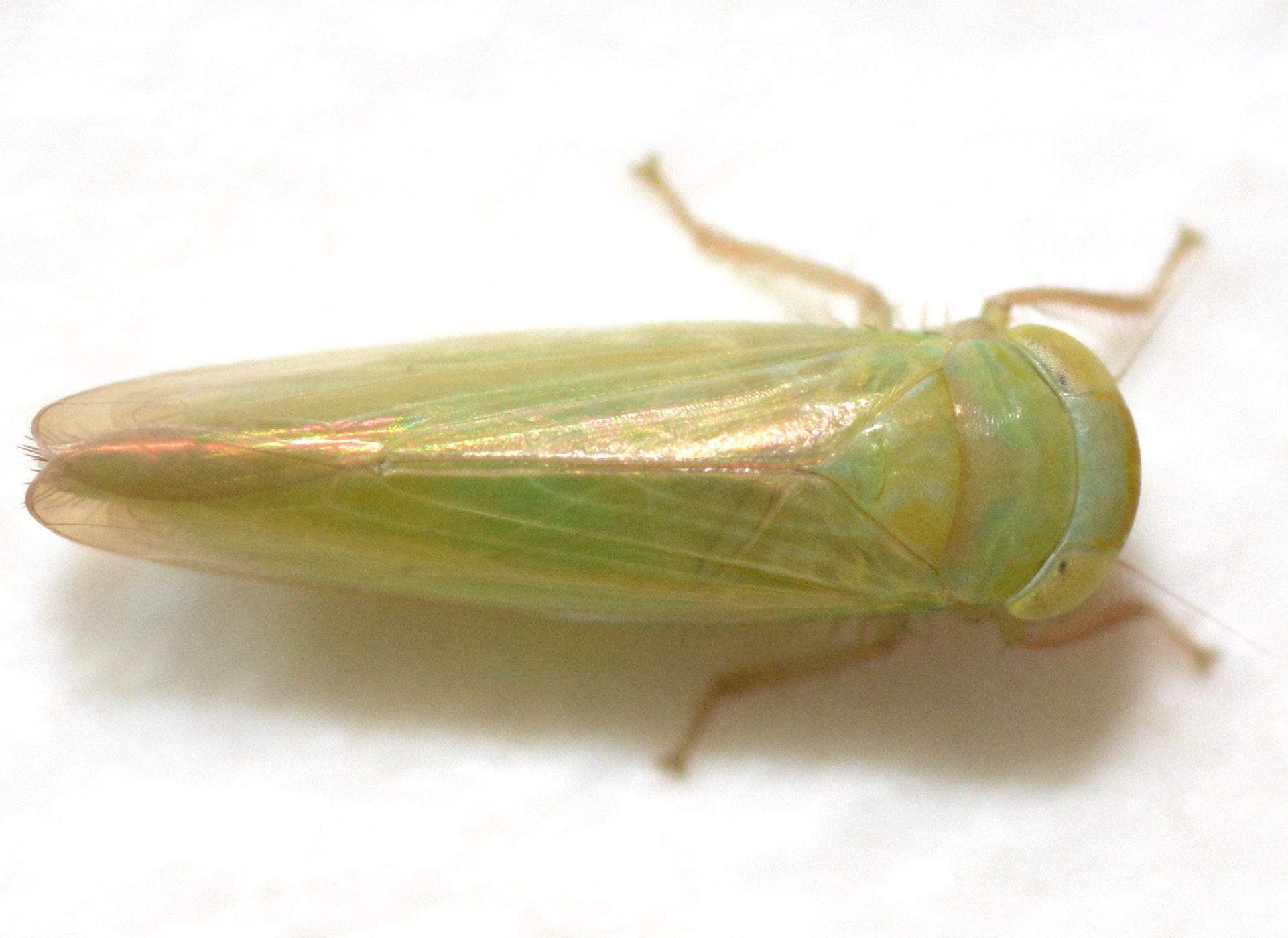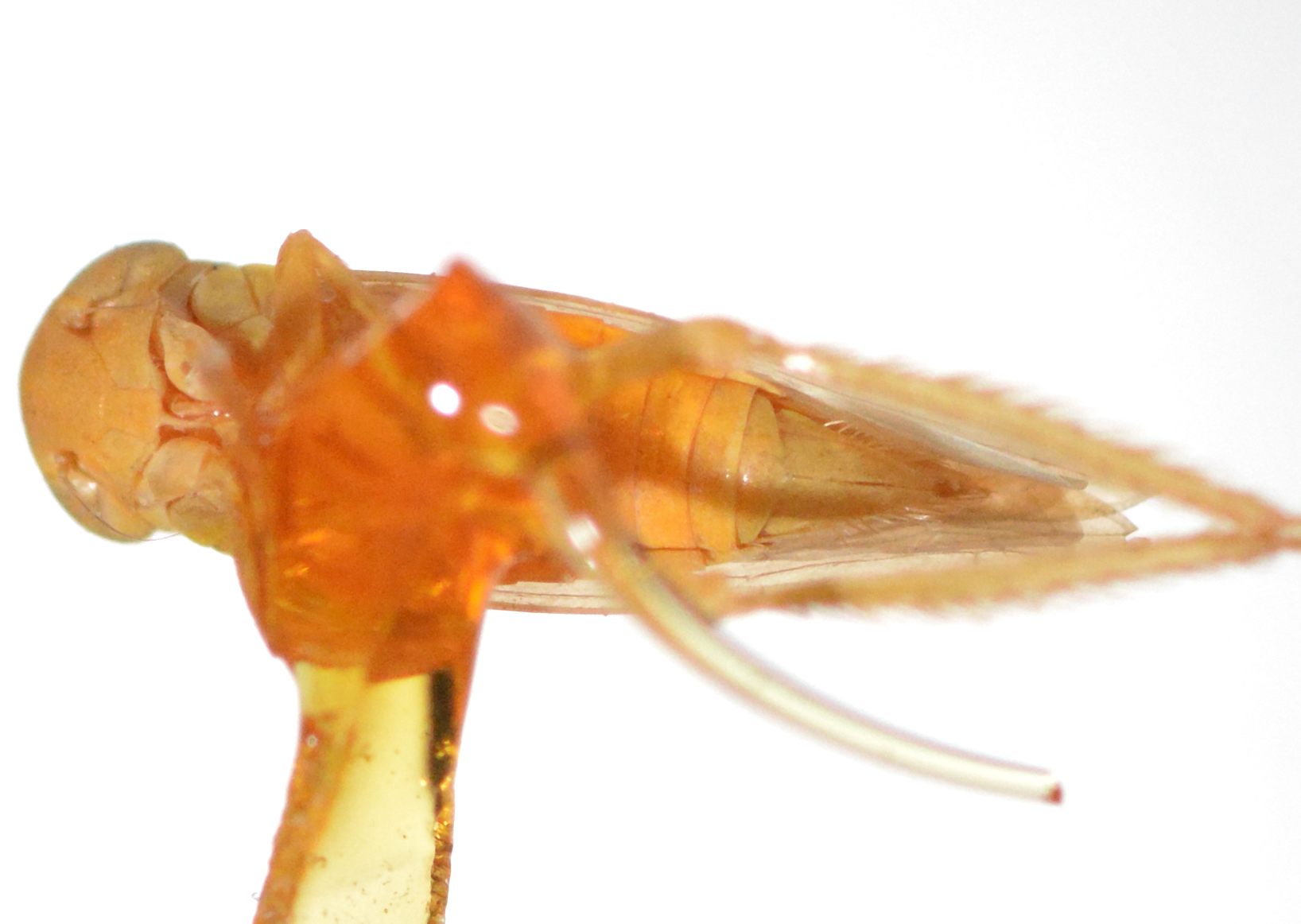Species Photo Gallery for Chlorotettix rugicollis No Common Name 13 |
 | Photo by: Larry Chen, Sarah Toner
Beaufort Co.
Comment: swept from savanna grasses | 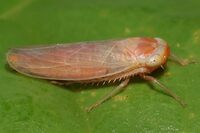 | Photo by: Rob Van Epps
Mecklenburg Co.
Comment: Caught sweeping in a weedy, brushy power line. |
 | Photo by: Rob Van Epps
Mecklenburg Co.
Comment: Caught sweeping in a weedy, brushy power line. | 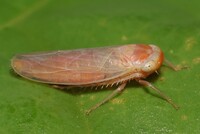 | Photo by: Rob Van Epps
Mecklenburg Co.
Comment: Caught sweeping in a weedy, brushy power line. |
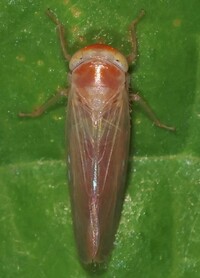 | Photo by: Rob Van Epps
Mecklenburg Co.
Comment: Caught sweeping in a weedy, brushy power line. |  | Photo by: Rob Van Epps
Mecklenburg Co.
Comment: Caught sweeping in a weedy, brushy power line. |
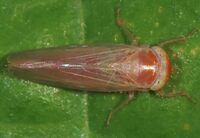 | Photo by: Rob Van Epps
Mecklenburg Co.
Comment: Caught sweeping in a weedy, brushy power line. | 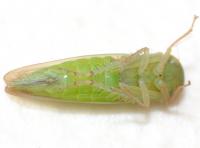 | Photo by: Kyle Kittelberger, Brian Bockhahn, Paul Scharf
New Hanover Co.
Comment: marsh grass: black needlerush, spartina, etc.; female, 7.2 mm |
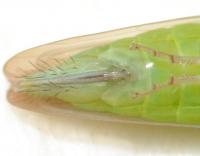 | Photo by: Kyle Kittelberger, Brian Bockhahn, Paul Scharf
New Hanover Co.
Comment: marsh grass: black needlerush, spartina, etc.; female, 7.2 mm | 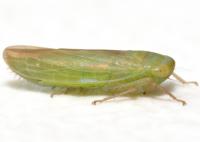 | Photo by: Kyle Kittelberger, Brian Bockhahn, Paul Scharf
New Hanover Co.
Comment: marsh grass: black needlerush, spartina, etc.; female, 7.2 mm |
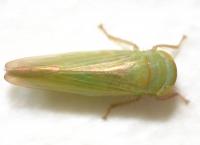 | Photo by: Kyle Kittelberger, Brian Bockhahn, Paul Scharf
New Hanover Co.
Comment: marsh grass: black needlerush, spartina, etc.; female, 7.2 mm | 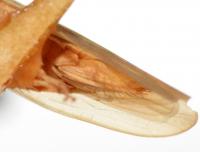 | Photo by: Kyle Kittelberger
Out Of State Co.
Comment: male and female; NCSU specimens |
 | Photo by: Kyle Kittelberger
Out Of State Co.
Comment: male and female; NCSU specimens |

 »
»